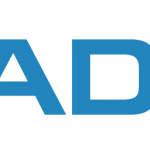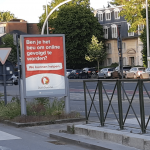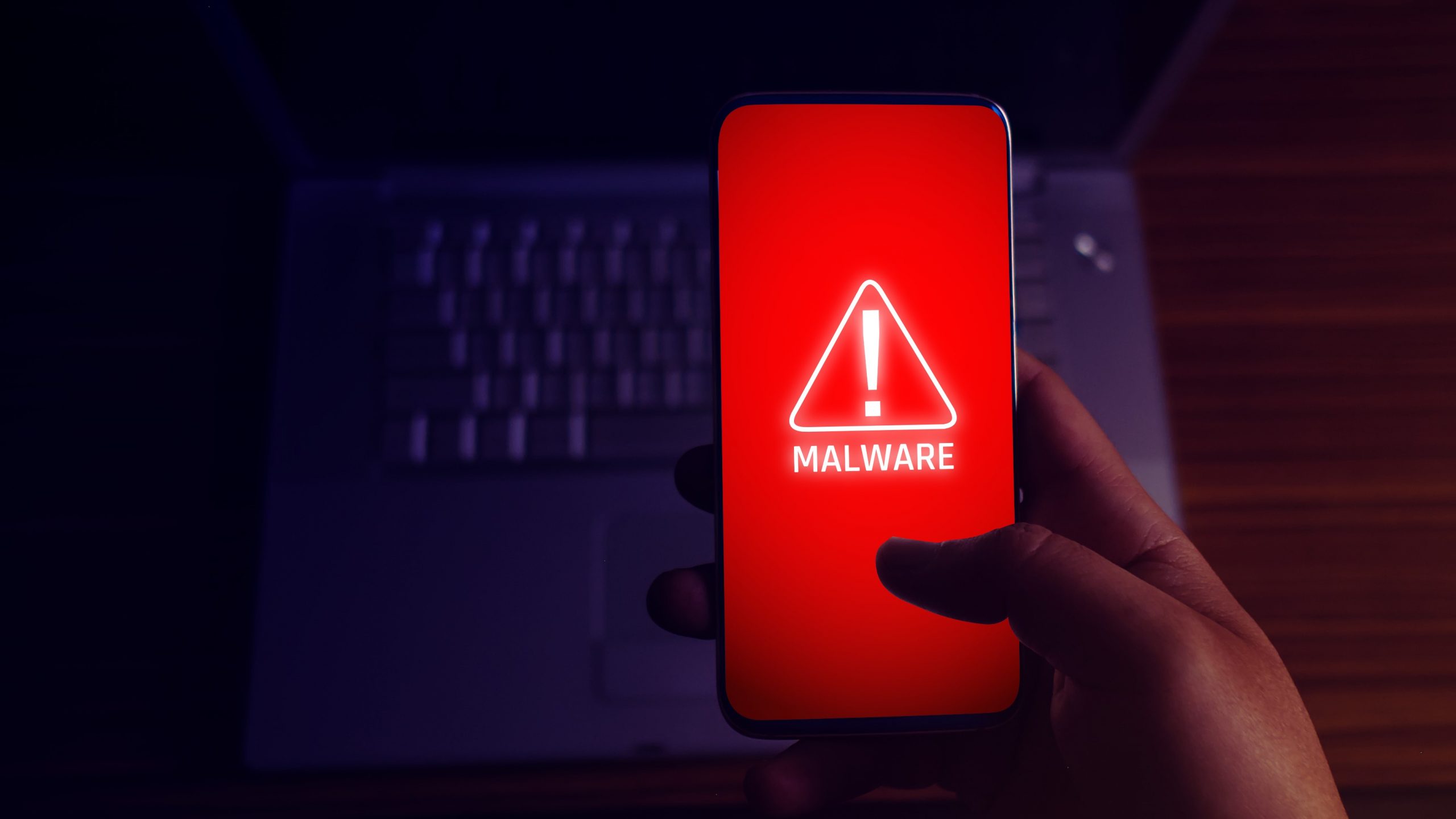In patients with corneal thickness below a certain minimum, performing LASIK would be unwise, because the “foundation” may not go back to its original stability. Our colleagues from around the world, agree on when not to do LASIK, like when the cornea is very steep or very flat. In those cases we feel strongly that advanced surface ablation or (PRK) would be the preferred procedure.
This information has been shared at seminars, meetings and now, even on webmail. This procedure involves sculpting the cornea at the surface. This is done by removing the epithelium, (the film-like protective outer layer of the cornea) using a special instrument called Amoils epithelial scrubber. The underlying Bowman’s membrane (the micro-thin second tissue layer of the cornea that lies just below the epithelium, or outer layer) is exposed.
Laser pulses with variable spot size and variable repetition rate are applied in a blended large zone. Mitomycin C may be applied if indicated. Chilled BSS is used to cool the cornea. A bandage soft contact lens, is placed afterwards to maintain comfort in the eye. Oral vitamin C along with steroidal and non-steroidal, anti-inflammatory drops are prescribed. Patients are asked to wear dark UV protective glasses.
Although recovery is usually longer than with LASIK, patients are very happy with their vision. In the early days, PRK was very painful and vision was not good. With dvanced surface ablation there is minimal pain and most patients resume work in 3-4 days.





















